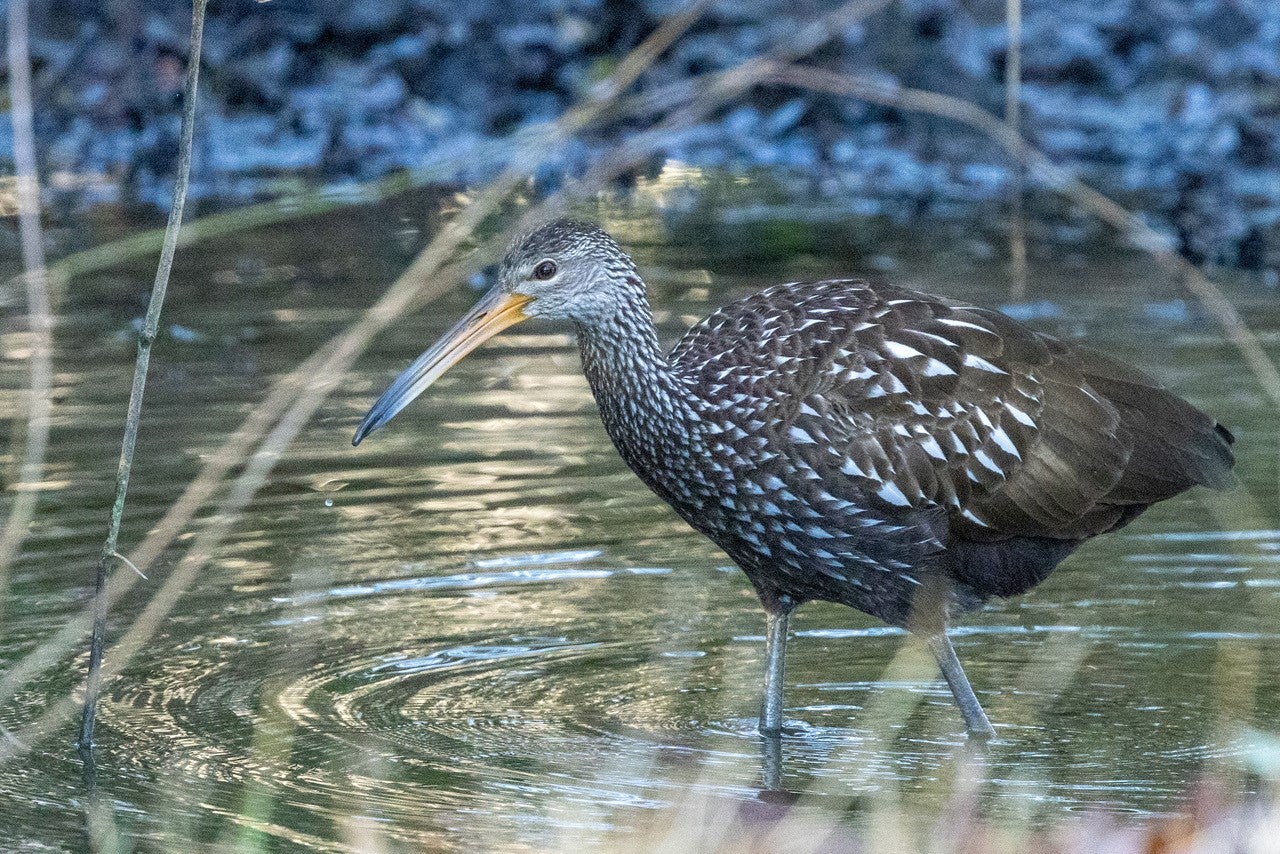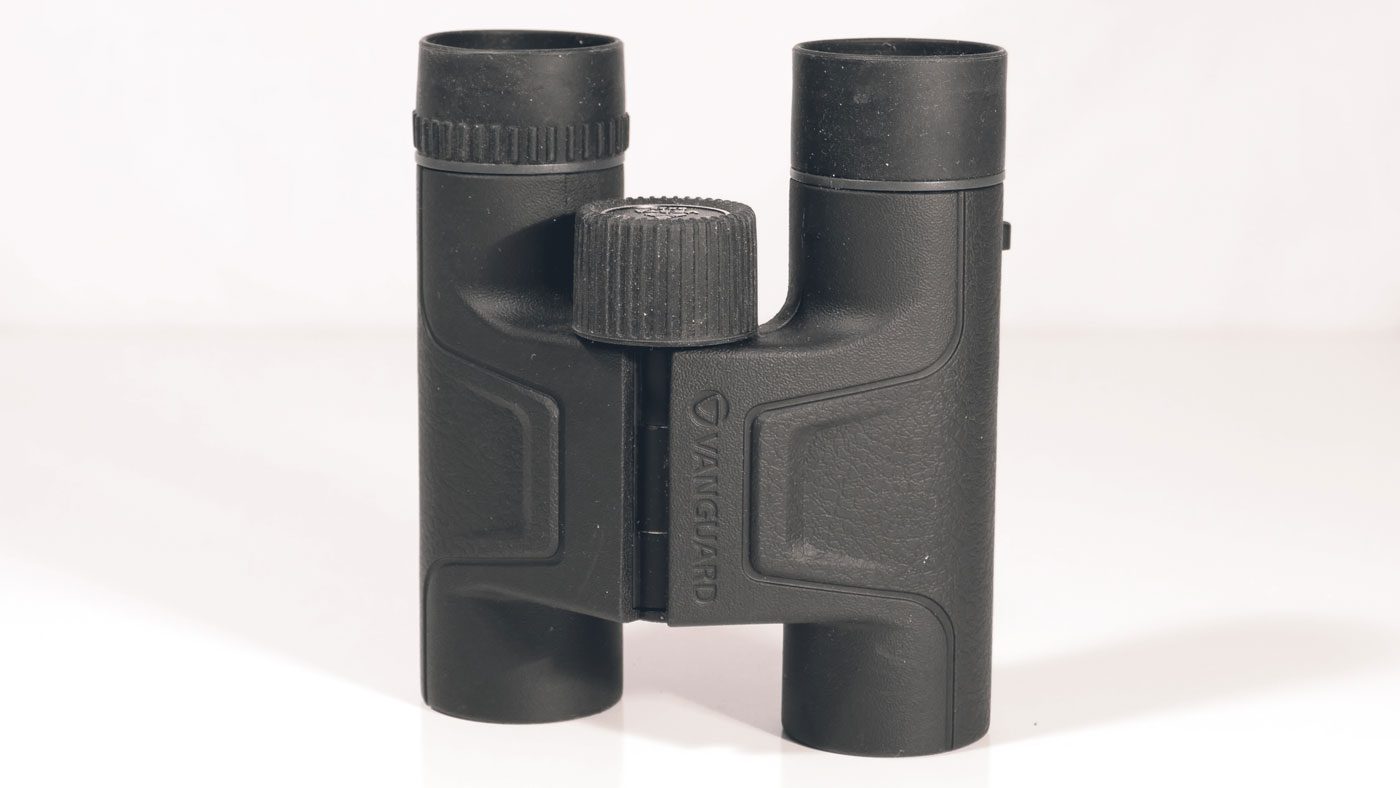It’s been more than three decades since the U.S. government first tested the waters of offshore fish farming. In 1990 a company received a federal permit to raise nearly 50 million pounds of Atlantic salmon a year in pens anchored some 50 miles off Massachusetts. But the project became mired in legal questions and environmental concerns and never materialized. Other proposals have hit similar snags, and today the industry is limited to inland and state coastal waters. Not a single farm operates in federal waters, which typically begin three miles offshore.
That may soon change. Proponents of aquaculture, which in its many forms provides more than half of global seafood supplies, say farming more fish offshore is a low-impact way to feed a growing, protein-hungry human population. In the United States, which imports roughly 85 percent of its seafood, supporters argue that it would boost food security and rural economies while helping Americans eat more sustainably; not all imported seafood meets the environmental standards of U.S. production, says National Aquaculture Association executive director Paul Zajicek.
Environmentalists remain wary, but the government is increasingly on board. Since 2020 the National Oceanic and Atmospheric Administration has worked to ramp up production, launching its first five-year strategy last year and identifying potential “aquaculture opportunity areas” to focus the industry’s growth. “We do have an exciting vision for where aquaculture development can go in the United States,” says Kristine Cherry, acting deputy director for NOAA’s Office of Aquaculture.
History offers ample evidence that aquaculture can be done sustainably. Indigenous people have long cultivated fish in intertidal ponds and tended shellfish and seaweed in sea gardens. Oysters and other filter-feeding bivalves, raised mainly in nearshore state waters, can even improve water quality.
Industrial-scale finfish operations pose significant risks, experts say.
Industrial-scale finfish operations, however, pose significant risks, experts say. They contain fish in nets or cages and commonly use antibiotics and pesticides to manage disease and parasites. Their mesh design allows chemicals and waste to flow out. Occasionally the farmed fish themselves escape. In Norway, for instance, escaped salmon have interbred with and spread pests to struggling native salmon.
To date, most finfish projects have operated in nearshore zones, including a smattering in U.S. state waters. But some environmentalists worry they’re poised to proliferate offshore as NOAA rolls out the welcome mat. Already companies have proposed to raise upmarket species like yellowtail and red drum in federal waters off California, Florida, New Hampshire, and New York.
A further issue involves what those fish eat. “The food base for farmed salmon is generally forage fish—important prey species for seabirds and other animals out in the ocean,” says Don Lyons, director of conservation science for Audubon’s Seabird Institute. More broadly, the amount of feed these facilities require calls into question their value for food security, says University of Miami environmental scientist Jennifer Jacquet. “This is not about feeding the world,” she says. “These are high-value species dedicated to the luxury market.”
Such concerns are one reason Alaska and Washington State have taken steps to ban or restrict certain types of fish farming in state waters. In California commercial fishers and a local Sierra Club chapter in 2023 rallied outside a NOAA office, urging the Biden administration to take similar steps, while several of the state’s natural resource agencies have written to NOAA with worries about finfish projects.
Other environmental groups see upsides to expanding domestic aquaculture but say ecological and governance questions must be answered first. The direct wildlife impacts of offshore farms, for example, aren’t yet well documented, but there is evidence that suggests seabirds and marine mammals are sometimes drawn to them, where they can become fatally entangled in ropes and nets. “We need more science to actually understand what would be sustainable standards that should go into comprehensive legislation,” says Ruth Driscoll-Lovejoy, U.S. aquaculture campaign director for the Environmental Defense Fund. Congress is considering a bill to pay for studies that her organization sees as key to establishing safeguards for farming seafood in federal waters.
Until the government has clearer answers, environmental experts urge decision makers to take a precautionary approach. “I don’t think we should just blindly jump into all forms of aquaculture because we want to create jobs and supposedly food,” Jacquet says. “I think there’s still a lot of area for scrutiny.”
This story originally ran in the Spring 2024 issue as “A Matter of Scale.” To receive our print magazine, become a member by making a donation today.



